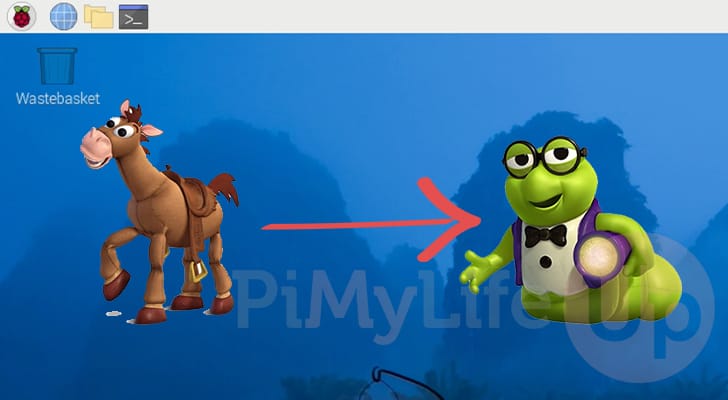Do This Only If You Know What You're Doing.
I used the tutorial below, at my own risk and with the exceptions of a few files missing from places, which I copied over, this unofficial upgrade, was a resounding success. I must say, that I did take precautions, however, to ensure that I didn't cock everything up. Indeed, I made a complete backup of my /home directory and /etc. Then I proceeded, fingers crossed, on my main Raspberry Pi, inst)allation, fingers crossed and palms sweaty.
However, before I plunged deep into the cold deep end, I at first, used a spare Raspberry Pi 4, and installed a fresh, clean install on a sd-card. Once that installation was confirmed as a success, I then proceeded to do the unofficial upgrade described further, below. As I said, the author knew his stuff, however, there were a few scripts and files that needed to be transferred over, from the clean install to make the unofficial upgrade, seem, seamless. I somehow, neglected to take any detailed notes, however one file that must be transferred is, wayfire-pi which is a bash script, located in /usr/bin/. There were a few other files that must be also, but my notes were sparse and sporadic and I apologize for that. I must do better in the future.
Getting Wayland up and running on the unofficial upgrade, did provide all the clues of which files were missing and so it was easy enough to copy those to their respective directories. I wasn't until just recently, familiar with Wayland so I was initially clueless. Anyway, it's all coming together and the system is running fine and I'm really becoming a fan of Wayland too. Here, I'm enclosing a screenshot, taken under Wayland as an illustration. I think that, I'll also use this post in one or two of my blogs, since I have been negligent there also. Thanks for reading.

